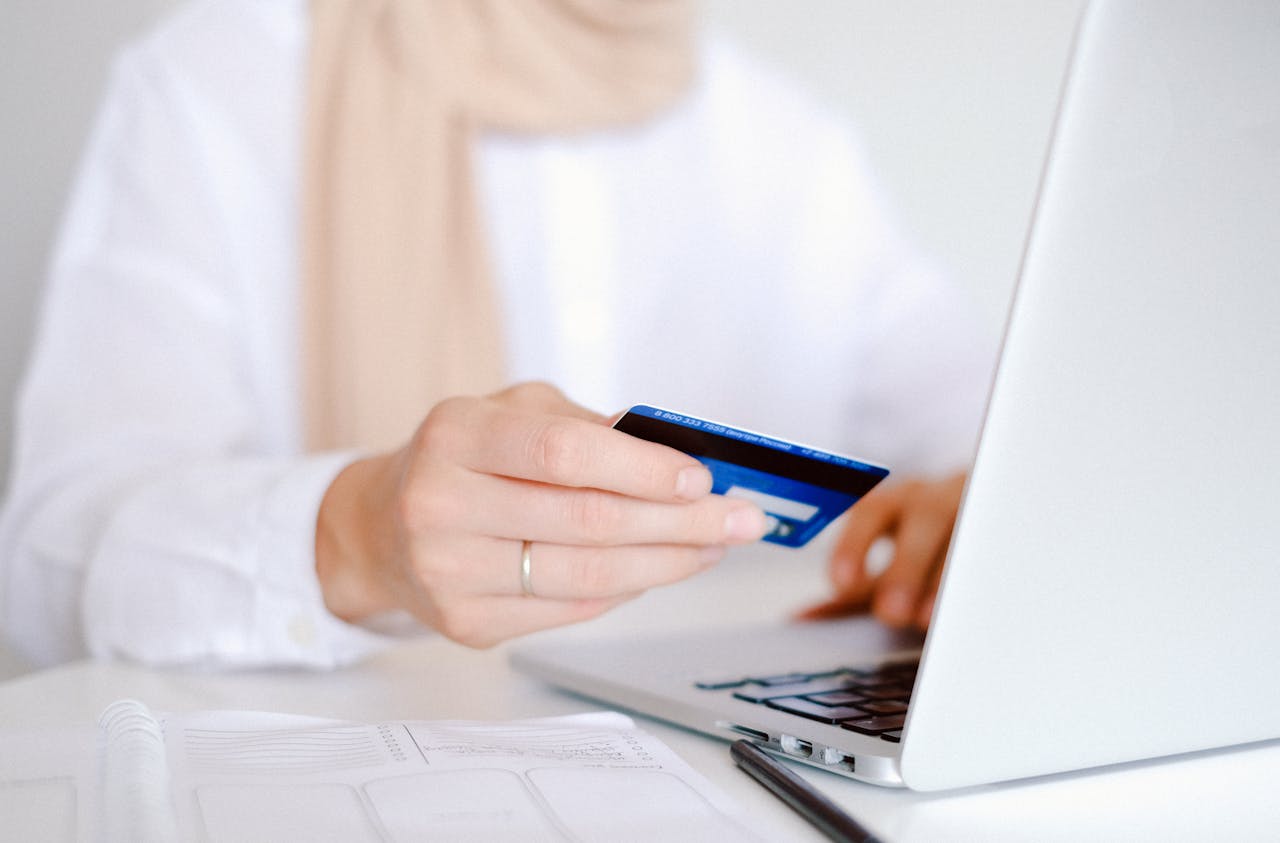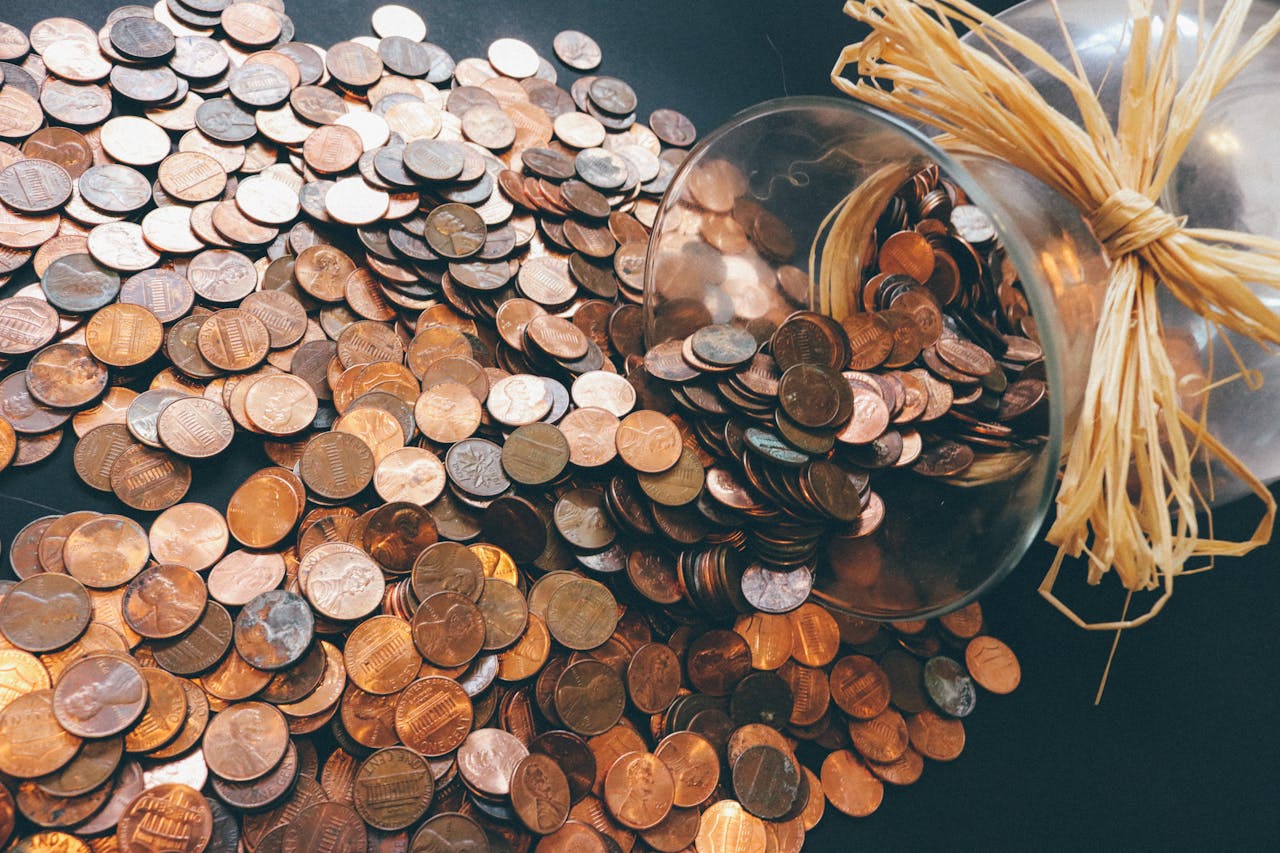Defending Your Dollars: Essential Tips for Financial Security and Identity Protection
This weekend in the United States, taxes are due. For the more responsible readers – aka “everyone but me” – this was probably already done weeks – if not months – ago. But don’t worry. Taxes will roll around again the same time next year, as inevitable as death itself as the famous philosopher noted, and our financial lives are year-round. So in other words, this is merely a good excuse to discuss some ways that you can protect your financial life – both online and off – and keep your funds, identity, and credit safe.
Protecting the Digital

Protecting the digital side of your financial life works much the same as protecting any other account. There are some universal constants, such as using a password manager to generate and safely store strong, unique passwords and enabling the strongest form of two-factor authentication your various accounts and apps offer. On the topic of apps, I strongly advocate for digital minimalism. Do you really need Venmo and CashApp and Zelle and PayPal and so on? Try to cut down on the number of apps and services you use to the fewest number possible. Not only will this be less to keep up with, it’ll be safer. The more services you’re signed up for, the more opportunity for your data to get exposed in a data breach.
Be sure to take a few minutes to do a quick threat assessment of the risks of your setup. For example, do you use apps like Google Wallet or Apple Pay for quick payments? They may be convenient, but they also present a very real threat of theft. Do you really save enough time to make it worth having those services on your device? If so, how can you make sure to protect them against such threats? In some cases, the device may offer extra protection – Apple recently rolled out Stolen Device Protection, for example, while some custom Android operating systems like Calyx and Graphene allow you to scramble your unlock PIN pad, making it harder for an on-looker to learn your PIN just based on where you tap (the drawback there is that neither of those operating systems support NFC “tap to pay” natively, but such tricks can protect other sensitive apps and information). Taking actions such as these – and others – can help keep your accounts and devices safer.
Finally, be sure to tackle the low-hanging fruit: keep your apps and devices updated, enable automatic updates wherever possible to make that easier, and beware of phishing attempts – where people call, text, or email you attempting to get you to click a link, open an attachment, go to a website, or otherwise hand over personal data. Never do it. Go to the official website directly, or hang up and call back no matter how official or legitimate it seems. It may be annoying but those few seconds can save you a lot of grief down the road.
Protecting the Other-Than-Digital

I would’ve called this section “Protecting the Offline,” except that a lot of it involves digital services, so rather this is about protecting things that expand beyond apps, accounts, and devices.
I believe that every American (and probably many other people in other countries, too) should freeze their credit. In America, it’s free, and even the most active reward-hacking personal finance nerd probably isn’t applying for new credit cards so often that the annoyance of logging in to temporarily unfreeze their credit is going to outweigh the security benefit.
Credit reports have also become free on a weekly basis until further notice – surprisingly not by law, but because it became normalized during lockdown. You probably don’t need to be checking your credit reports every week, but you should probably check at least every few months for any unfamiliar charges or mistakes. In addition to having the chance to correct them and fix your credit score, it also offers you the opportunity to detect any possible fraud or leaks in your security early before the damage gets out of control.
I also strongly encourage the use of cash and masked payment options wherever possible. The benefits of cash have been well-known for ages: you can’t skim cash, and it helps you stick to your budget because once the wallet (or envelope) is empty, you’re done (there's also a psychological component that makes spending cash harder than swiping a card for most people). Masked payments can help if your card ever gets stolen online: you still have access to your normal card to withdraw cash and go about your daily life while the digital one can be easily replaced. My personal favorite is Privacy.com as it comes with extra features like the ability to lock a card to a vendor (so if your Netflix card gets stolen it can’t be used for an Amazon shopping spree, for example) and the ability to set limits (so your phone company can’t overcharge you) but really anything that helps provide that layer of protection is an improvement.
Finally, don’t forget that when you do file taxes each year, you can request an Identity Protection PIN from the IRS that will help make it harder for someone to file taxes in your name and steal your refund. You’ll need to request one each year, but they’re worth it since it only takes a few minutes and offers yet another layer of protection.
Conclusion
It’s important to remember that nothing is unhackable. Doing these things will make your financial life and identity a lot more secure, but I don’t want to lull anyone into a false sense of security. The goal is not to be perfectly secure, but rather to create just enough obstacles that the attackers give up and go somewhere else. Following these tips will create a strong, reasonable layer of security around your financial life and make you a less appealing target.
Tech changes fast, so be sure to check TheNewOil.org for the latest recommendations on tools, services, settings, and more. You can find our other content across the web here or support our work in a variety of ways here. You can also leave a comment on this post here: Discuss...